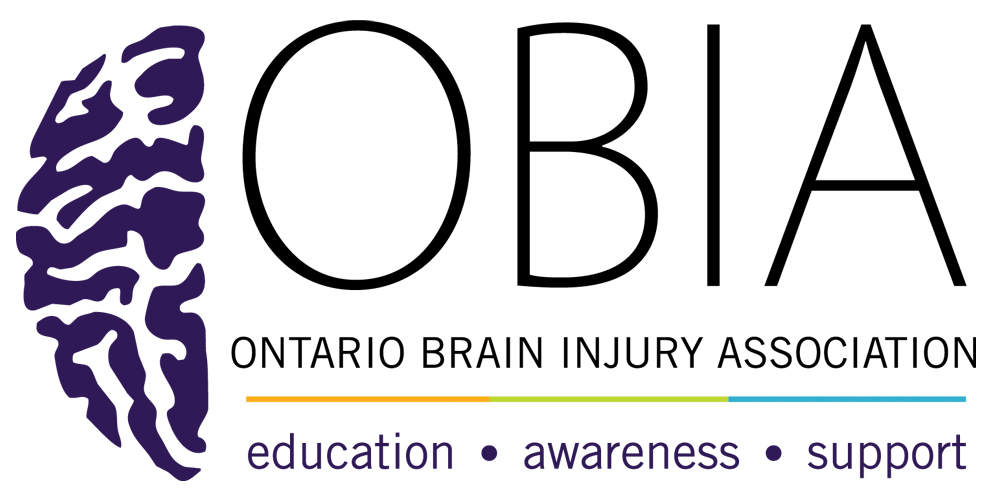Quick Facts
- Most common in the first weeks after brain injury and may improve with time
- It is possible for people to develop seizures weeks, months, or even years post-injury
- Seizures may be referred to as early post-traumatic seizures (first week after injury) or late post-traumatic seizure (more than 7 days after injury)
What does it
look like?
Pre-seizure, individuals report:
- Unusual sensations of smell, taste or vision
- An intense feeling that a seizure is about to begin (called an aura)
- An aura may be associated with an unpleasant sensation
During a seizure, individuals report:
- Absence (petit mal) seizures: survivor remains conscious and aware but their consciousness is impaired
- Tonic-clonic (Grand mal) seizures: jerking of the limbs, frothing at the mouth and loss of consciousness
- Other types of seizures include tonic, clonic, myoclonic, atonic and focal.
- A seizure may last a few seconds to 5 minutes
- Their senses may be altered
- There may be a loss of bowel or bladder control
Post seizure, individuals report:
- Complaints of headache, sore muscles, unusual sensations and extreme fatigue
Possible Causes and Complications
Possible causes:
- When electrical activity/signals in the brain that are usually very systematic and controlled become random and erratic
- A seizure often happens when there is a scar in the brain
- High fever
- Loss of sleep and extreme fatigue
- Drug and alcohol use
- Chemical changes in the body such as low sodium or magnesium, or high calcium
Possible complications:
- Increased risk of injury if the person falls
- Loss of independence (e.g. lose driver’s license)
- If seizures last too long, may cause additional damage to the brain
What can we do?
- Encourage the individual to wear a medical ID bracelet or carry medical identification
- Encourage the individual to avoid activities that may increase their risk of injury if a seizure were to occur (e.g. driving, climbing a ladder)
Discuss when 9-1-1 should be called with the primary care provider
- General guidelines for when to call 911 include:
- If a seizure lasts more than 5 minutes
- If a seizure repeats without a full recovery between seizures
- If consciousness or regular breathing do not return after the seizure ends
- If they are pregnant, have diabetes, or appear injured
- If this is the first seizure
The following are common recommendations of how to respond to seizures:
- Before a seizure:
- If possible, protect the individual from falling
- During a seizure:
- Make the area safe by removing any dangers
- Loosen clothing around the neck
- Support their head
- If unconscious, roll onto one side to ease breathing
- Remain with them until they are completely awake and can move about safely
- Talk to them calmly even if they do not respond
- ***Do not place anything in their mouth
- After a seizure:
- Log the seizure, describe and report all seizure activity
- Consider using an app designed to track seizures
- Ensure the individual is in a comfortable location and position
- Do not give them anything to eat or drink until they have fully recovered
Disclaimer: This information is not meant to replace advice from a medical doctor. Consult a health care provider regarding specific medical concerns or treatment.

